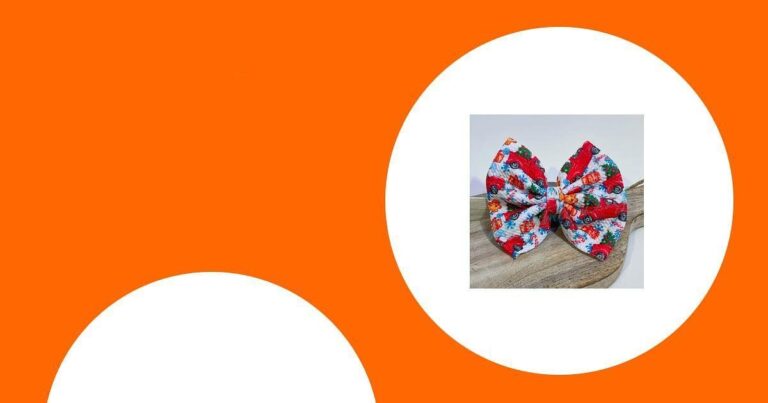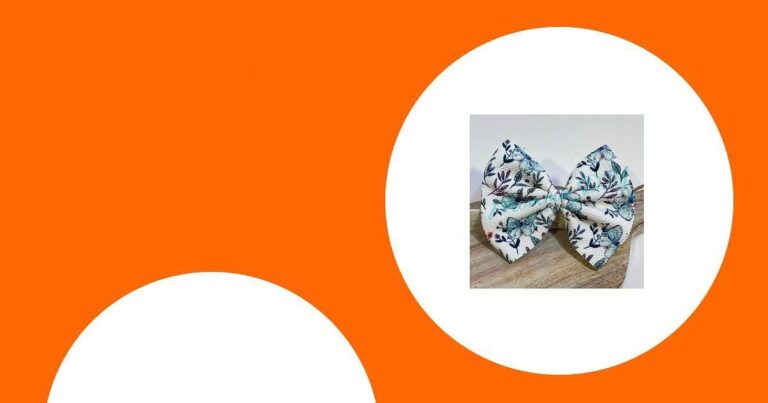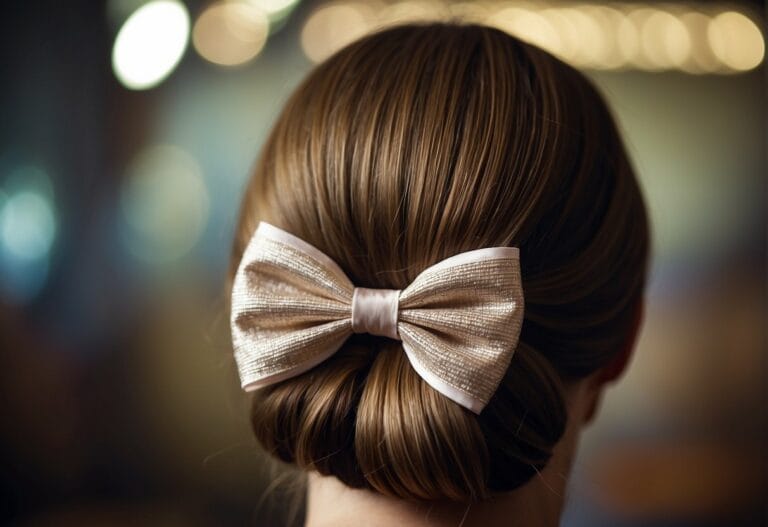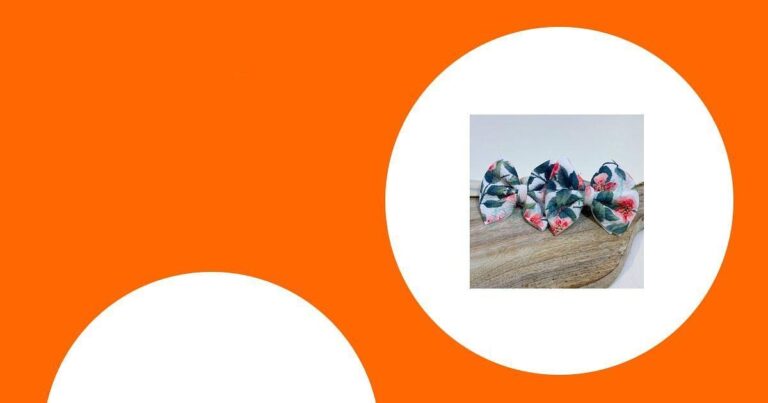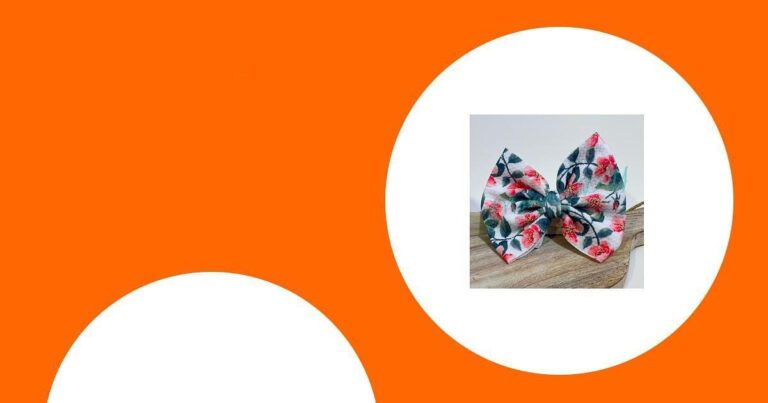Who Invented Hair Bows: The Unexpected History Behind This Accessory
When you think of hair bows, you might picture the big, cheerful accessories topping off a child’s ponytail or the sophisticated touch to a lady’s hairstyle for a special occasion. But have you ever wondered about their origins?
Tracing the history of hair bows is like untying the intricate knots of fashion’s past. These accessories have been more than just decorative; they’ve been symbols of status, identifiers of age groups, and even as bold fashion statements embraced by celebrities.

The inception of hair bows stretches back to even Neolithic times.
Throughout the centuries, you can find bows gracing the tresses of those across different civilizations, genders, and age brackets.
Not just a modern trend, hair bows have seen waves of popularity from the elegant courts of European nobility to the bold statements on today’s fashion runways.
Notably, oversized bows have made their mark during various periods, including the famously opulent styles of the 1980s and, more recently, through the iconic bow made of hair by Lady Gaga.
Historical Origins of Hair Bows
Hair bows have been an intricate part of human adornment, evolving through various eras and symbolizing more than mere fashion statements. You’ll discover how they traversed through time, from ancient civilizations to their resurgence in the modern century.
Ancient Times
In ancient Egypt, hair was a form of expression where both men and women used bows to decorate their hair. Ornaments such as hair bows often denoted social status and were integral to personal aesthetics.
French Revolution and Marie Antoinette
During the reign of Louis XIV, fashion reached extravagant heights, and Marie Antoinette was known for her ostentatious wigs, which were frequently embellished with elaborate bows. These bows not only served as fashionable accessories but also as symbols of wealth and power.
19th Century Europe
In the 19th century, hair bows became a more widespread trend across Europe. They were a favorite among Victorian children and were used to secure the iconic lovelocks—a long strand of hair indicating romantic devotion.
20th Century Resurgence
The 20th century saw a significant resurgence of hair bows with varied meanings.
In the 1940s, bows were not just accessories but also a method of non-verbal expression among teenage girls.
They transitioned through the decades, from the posh cushiony bows of the 1980s to the revived interest thanks to icons like Lady Gaga.
Cultural and Gender Significance

Hair bows have been a striking symbol in cultural and gender contexts, often representing femininity and playing a role in gender-specific fashion norms. Through the subtle messages they convey, hair bows have come to signify more than just a fashion choice.
Representations of Femininity
Hair bows have a strong association with femininity and have often been used to signify innocence and youth.
In many cultures, bows are introduced to girls at a young age, creating a long-lasting link between the accessory and the female gender.
The University of Sydney explores the history of big hair bows, highlighting their impact on women’s fashion and identity.
These adornments have also evolved into markers of sexual availability, with variations in bow styles and the ways they are worn sometimes signaling different societal messages.
Gender-Specific Fashion
The notion of gender-specific fashion has long included hair bows as an accessory predominantly for women.
While historically, men also donned bows, this practice has become less common over time.
However, with changing views on gender identity, people are challenging traditional norms.
For instance, the transgender community has often adopted hair bows as a form of gender expression and a visible declaration of identity.
Moreover, individuals reject being confined to stereotypes, utilizing hair accessories such as bows to express confidence and power, regardless of their gender.
The fashion choices and their associated gender implications have been detailed by resources such as TIME, which dissects the meaning of hair bows beyond their sartorial statement.
Fashion and Trends Over Time

As you reflect on the history of hair bows, consider their journey through the waves of fashion, where icons like Madonna and movements like Chanel have set trends since the mid-20th century.
Mid-20th Century
In the 1940s, hair bows were more than just a piece of fabric; they represented a fashionable statement, often tied with a ribbon to reflect the style of the time.
Bows could be spotted on the heads of women both young and old, earning their spot as a staple accessory in the everyday wardrobe.
From the 1980s Onwards
Fast forward to the 1980s, and hair bows are taken to the next level, with figures like Madonna wearing bold and oversized bows, igniting a trend that screamed individuality and self-expression.
Leaping ahead to modern days, JoJo Siwa and tween influencers have reinvigorated the hair bow fad, transforming these accessories from vintage tokens to current fashions on the playground.
The fad still continues, as you see hair bows evolve and adapt to the ever-changing landscape of style and youth culture.
Influence on Popular Culture

Hair bows have been more than just a fashion accessory; they’ve played a significant role in shaping trends and expressing identity in popular culture.
Celebrity Impact
Celebrities have often been at the forefront of popularizing hair bows.
Madonna, for instance, famously incorporated oversized bows into her looks during the 1980s, symbolizing a blend of bold femininity and rebellious spirit.
More recently, JoJo Siwa emerged as a tween icon with her signature large, colorful bows, creating a whole trend around these accessories and influencing young fans globally to embrace this style.
Following the celebrities, bows became a tool through which individuals could relate to their idols and be part of a broader cultural movement.
Media and Entertainment
Within media and entertainment, iconic characters have often been depicted wearing hair bows, which contributed to their timeless style and identity.
Minnie Mouse, created by Ub Iwerks and Walt Disney, is synonymous with her red polka-dot bow, engraining this style into the minds of generations.
Video game characters like Wendy O. Koopa from the Super Mario series also sported distinct bows, adding to their unique character designs and appeal.
From the silver screen to digital worlds, bows have added a distinguishing touch to character aesthetics, creating memorable and marketable images that last beyond the screen.
These subtleties in fashion reflected larger conversations within pop culture, where a hair bow could become a symbol of personal or political expression, reminiscent of the ways Marie Antoinette used elaborate hairstyles to make statements during her time.
Hair Bows in Art and Media
Hair bows have not only been a fashion staple throughout history but have also made their mark in art and media. They have been depicted as symbolic adornments and fashion statements, capturing the cultural zeitgeist across various eras.
Literature and Artifacts
Literature and historical artifacts reveal that hair bows were significant even in early societies.
They’ve been portrayed in classical paintings and are often mentioned in historic texts.
For example, the Metropolitan Museum of Art houses numerous works depicting individuals adorned with hair bows, reflecting their prevalence in fashion and society across centuries. These pieces capture the evolution of the hair bow, from a practical item to keep hair in place to a decorative jewel-encrusted accessory.
Hollywood and Music Videos
Moving to the silver screen, Hollywood has seen its fair share of iconic hair bow moments.
You might recall Nicole Kidman in her classic films or Jessica Chastain on the red carpet, where their hair bows added a touch of elegance to their ensembles.
These accessories have also appeared in countless music videos, often symbolizing youth or high-end consumerism.
Kate Middleton, also known as the Duchess of Cambridge, is a modern-day example, often photographed wearing tasteful hair bows, which then become trends emulated around the world.
Similarly, Margot Robbie has been seen sporting these accessories, bringing them into the spotlight.
Designers like Dior and Chloe have incorporated hair bows into their collections, signaling a merge of couture fashion with playful accessory trends.
This trend towards incorporating bows shows no sign of waning as both adult males and females are seen embracing hair bows, reflecting the broadening of fashion’s gender norms and the ongoing conversation around personal expression through style.
Social and Political Symbolism

Hair bows have been more than just a fashion accessory; they’ve often carried significant social and political meanings that you might find surprising.
Subversive Connotations
During times of conflict, fashion items can take on unexpected roles in communication.
For instance, during World War II, a simple red and white spotted scarf, tied in a certain way, could signify a multitude of things, from strength to resistance.
The famous “We Can Do It!” poster, produced by Westinghouse Electric, featured a female worker with a polka-dot bandana tying up her hair, becoming an iconic symbol of female empowerment and wartime propaganda.
In the Soviet Union, hair bows, specifically bantiki, became a notable symbol. These were not only ornamental; they subtly indicated a young woman’s virginity and societal status.
This is one of many examples where bows in your hair conveyed much more than aesthetic appeal.
Empowerment Movements
Hair bows have also played a role in various empowerment movements.
They can represent a celebration of individuality and self-expression.
Icons like Boy George in the 80s made bows an emblem of transgression and non-conformity, challenging societal norms about gender and fashion.
You’ve probably noticed a resurgence of hair bows in modern times, and it’s no coincidence.
They can still be bold statements of empowerment, reminding you of their history of standing for women’s strength and autonomy.
Modern Hair Bow Variations and Usage

In recent times, hair bows have seen a resurgence in popularity, taking on new forms and functions that range from performance accessories to high-fashion statements.
They’ve evolved with trends set by influencers on platforms like YouTube and have made appearances on runways and everyday fashion alike.
Dance and Performance
Entertainers, particularly in the dance community, have embraced oversized bows as part of their performance attire.
Shows like “Dance Moms” have popularized these accessories, often seen atop the heads of young dancers to add flair to their costumes.
Meanwhile, youthful dance performers may choose ribboned bows that match their outfits. Some may also go for lace or sparkly bantiki bows for an extra touch of stage presence.
Casual and High Fashion
Moving beyond the stage, hair bows have become a staple in both casual wear and high-end fashion.
Influencers and fashion icons have been spotted with everything from delicate bow ties to bold, statement ribbons.
The versatility of hair bows allows you to easily incorporate them into your daily outfits.
For example, you can opt for a small lace bow for a touch of femininity or an oversized bow for a dramatic effect.
Designers have even integrated hair bows made of hair mimicking the bow’s shape, blurring the lines between accessory and hairstyle.
Moreover, the gaming community has adopted bows, both as in-game accessories and as part of their streamer personas, reflecting a playful, yet fashionable vibe.
Manufacturing and Commercial Aspects

Hair bows are not just fashion statements; their manufacturing and commercial journey are equally intriguing, encompassing a range of processes from material selection to hitting the shelves for your shopping pleasure.
Materials and Design
You might find it fascinating that the materials for hair bows have evolved significantly.
Originally, ribbons made from silk or cotton were most common.
Today, a variety of materials are used, including synthetic fibers like polyester, which ensure durability and vibrant colors.
Jewels and other decorative elements can be added to the design, giving bows an added flair and uniqueness that catch your eye.
Consumer Market and Shopping
When you’re shopping for hair ornaments, it’s evident that bows have a diverse market, from kids to adults.
Mass-produced bows often find their way into stores all over the world, with France being notable for its chic hair accessories, including luxurious bows made from premium materials.
As for shopping convenience, modern bows can be easily found in both physical stores and online platforms, packed in shopping bags ready to be added to your personal collection.
Conclusion

The invention of hair bows cannot be attributed to a single individual, as they are a time-honored adornment with roots stretching back to the Neolithic era.
Historically, their usage has evolved, symbolizing everything from class and gender to political resistance and national identity.
Whether you’re a fan of the posh bows of the 1980s or intrigued by the sentimental lovelocks of the 17th century, hair bows have a fascinating narrative that parallels human culture.
Today, you can see hair bows as a staple in fashion trends, often embraced by celebrities and influencers, proving their timeless allure.
They serve both an aesthetic and practical function, keeping your hair styled while adding a touch of personality.
Remember, next time you tie a ribbon into a bow, you’re not just following a trend — you’re partaking in a rich historical tradition that has been woven into humanity’s story for thousands of years.

